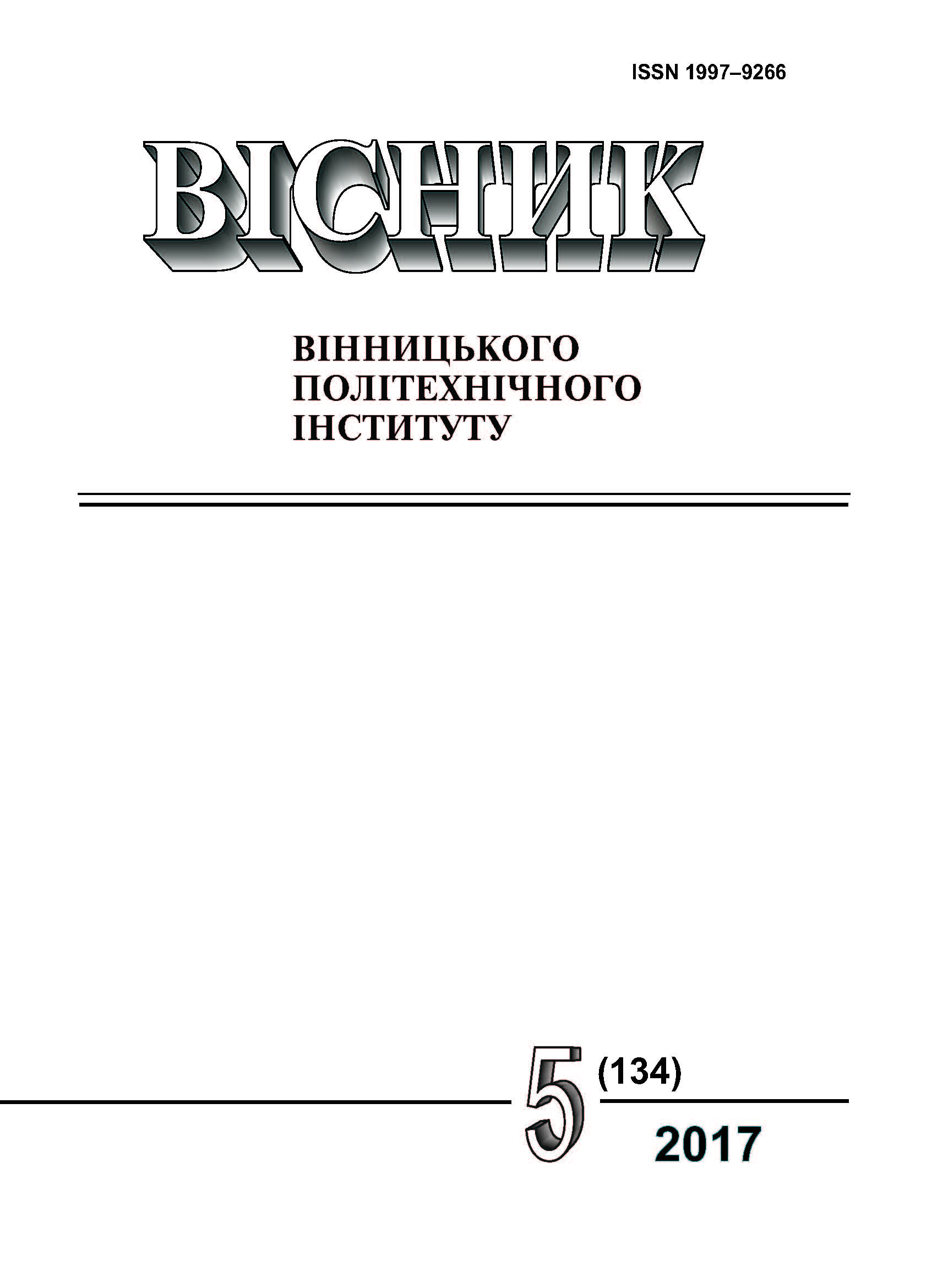Reduction of OLTC Operating in Electrical Distribution Network with Distributed Generation Source
Keywords:
electrical distribution network, source of distributed generation, synchronous compensator, OLTC, voltage controlAbstract
The variable nature of the sources of distributed generation leads to an increase in voltage fluctuations in the electrical network, which leads to an increase in the number of triggers of the OLTC system, and, as a consequence, to shorten its lifetime. In the given work the system of the coordinated control is developed by various types of voltage regulation devices with attraction of distributed generation sources having the ability to regulate the voltage in the connection node. Coordination is based on the determination of the voltage sensitivity coefficients in the nodes of the electrical network relative to the change in the reactive power of the control devices that are part of the coordinated control system. This approach allows to take into account the variable nature of sources of distributed generation, to reduce the number of actions of the voltage transformer system during voltage regulation in the distribution network, as well as to increase the output active power sources of distributed generation.
References
2. Кириленко О. В. Технічні аспекти впровадження джерел розподільної генерації в електричних мережах /О. В. Кириленко, В. В. Павловський, Л. М. Лукяненко // Технічна електродинаміка. — 2011. — Вип. 1. — С. 46—53.
3. Kojovic, L. A. Coordination of Distributed Generation and Step Voltage Regulator Operations for Improved Distribution System Voltage Regulation / L. A. Kojovic // IEEE Power Engineering Society Summer Meeting, 18—22 June. 2006. — Pp. 122—127.
4. Agalgaonkar Y. P. Distribution Voltage Control Considering the Impact of PV Generation on Tap Changers and Autonomous Regulators /Y. P. Agalgaonkar, B. C. Pal, R. A. Jabr // IEEE Transactions on Power Systems. — 2014 — Vol. 29, Issue 1. — Pp. 182—192.
5. Viawan F. A. Coordinated Voltage and Reactive Power Control in the Presence of Distributed Generation /F. A.Viawan, D. Karlsson // IEEE Power Engineering Society Summer Meeting “Conversion and Delivery of Electrical Energy in the 21st Century”, 20—24 July, 2008. — Pp. 231—236.
6. Яндульський О. С. Визначення зон ефективного регулювання напруги джерелами розосередженої генерації з інверторним приєднанням у розподільній електричній мережі / О. С. Яндульський, Г. О. Труніна // Наукові праці Вінницького національного технічного університету — 2014. — № 4. — Режим доступу:
https://praci.vntu.edu.ua/index.php/praci/article/view/422/420.
7. Труніна Г. О. Зони ефективного регулювання напруги джерелами розосередженої генерації з інверторним приєднанням в розподільній електричній мережі / Г. О. Труніна // Технічна електродинаміка. — 2014. — № 5. — С. 54—56.
Downloads
-
PDF (Українська)
Downloads: 107
Published
How to Cite
Issue
Section
License
Authors who publish with this journal agree to the following terms:
- Authors retain copyright and grant the journal right of first publication.
- Authors are able to enter into separate, additional contractual arrangements for the non-exclusive distribution of the journal's published version of the work (e.g., post it to an institutional repository or publish it in a book), with an acknowledgment of its initial publication in this journal.
- Authors are permitted and encouraged to post their work online (e.g., in institutional repositories or on their website) prior to and during the submission process, as it can lead to productive exchanges, as well as earlier and greater citation of published work (See The Effect of Open Access).





